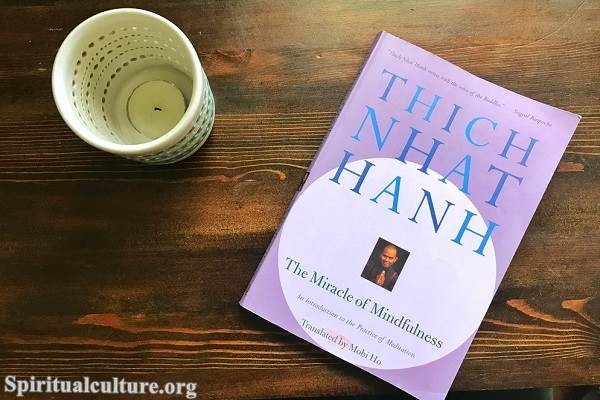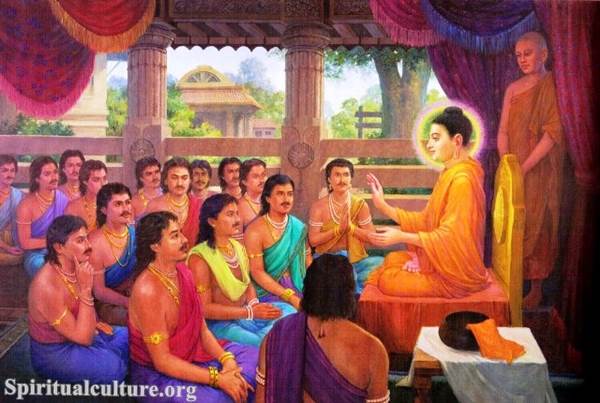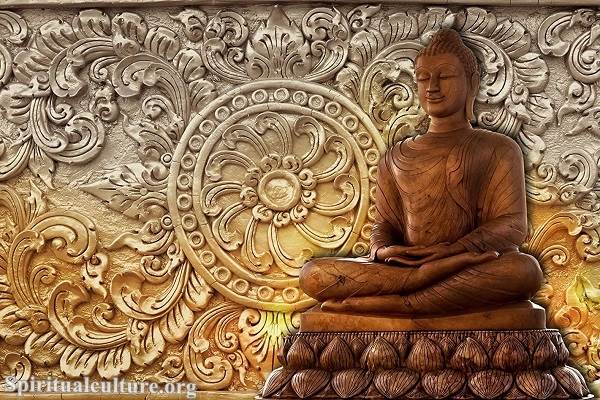This ancient scripture, which holds a significant place in the rich tapestry of Buddhist philosophy, is a marvel of spiritual literature that continues to inspire and enlighten its readers.
The Diamond Sutra, a cornerstone of Mahayana Buddhism, is a teaching that is as profound and complex as the precious stone it is named after. It is a text that holds the potential to shatter illusions and reveal the ultimate truth of reality.
The Diamond Sutra: A Brief Overview
The Diamond Sutra is part of the larger Prajnaparamita (Perfection of Wisdom) Sutras, a collection of about 40 sutras that form the philosophical backbone of Mahayana Buddhism. The sutra was composed in India, likely in the 1st or 2nd century AD, and was later translated into Chinese and Tibetan.
The sutra is a discourse between the Buddha and his disciple Subhuti. It is so named because it ‘cuts through’ ignorance and delusion like a diamond, and its teachings are as indestructible as the gemstone itself. The sutra explores the concept of ’emptiness’ or ‘sunyata’, a key tenet of Mahayana Buddhism, and the idea of non-self or ‘anatta’.
Mahayana Buddhism and the Diamond Sutra
Mahayana Buddhism, or the “Greater Vehicle,” is one of the major branches of Buddhism that emerged in the first century CE. It stresses the ideal of the Bodhisattva, a being who seeks enlightenment not for his or her own benefit, but for the benefit of all sentient beings.
The Diamond Sutra holds a significant place in Mahayana Buddhism as it encapsulates the core teachings of this tradition. It is not only a philosophical text but also a practical guide for those on the Bodhisattva path.
The sutra challenges our conventional understanding of reality. It emphasizes the idea that all phenomena are empty of inherent existence, and hence, everything is interconnected. This understanding helps one to cultivate compassion, a key virtue in the Bodhisattva path, as one realizes that the suffering of others is not separate from one’s own.
The Diamond Sutra also underscores the importance of generosity and other perfections (paramitas) on the path to enlightenment. It teaches that the merit gained from these practices is vast and inconceivable, yet one should not become attached to the idea of merit or reward.
Influence of the Diamond Sutra
The Diamond Sutra has had a profound influence on various Buddhist traditions, especially in East Asia. It has inspired numerous commentaries and has been revered by many eminent Buddhist masters. The famous Zen master Hui Neng, for instance, experienced enlightenment upon hearing a verse from the Diamond Sutra.
The sutra also had a significant impact on the development of Buddhist art. The earliest known printed book, a Chinese version of the Diamond Sutra dating to 868 AD, is a testament to its enduring influence.
Conclusion
The Diamond Sutra, with its profound teachings on emptiness, compassion, and the Bodhisattva ideal, remains an essential text in Mahayana Buddhism. It invites us to look beyond the surface of things, to question our assumptions, and to realize the interdependent nature of all phenomena. Like a diamond, it has the power to cut through our ignorance and illuminate the path to enlightenment.
The Diamond Sutra is not just a philosophical treatise but a spiritual guide, a mirror that reflects our true nature. It is a testament to the depth and richness of the Buddhist tradition, and its teachings continue to resonate with spiritual seekers around the world.





